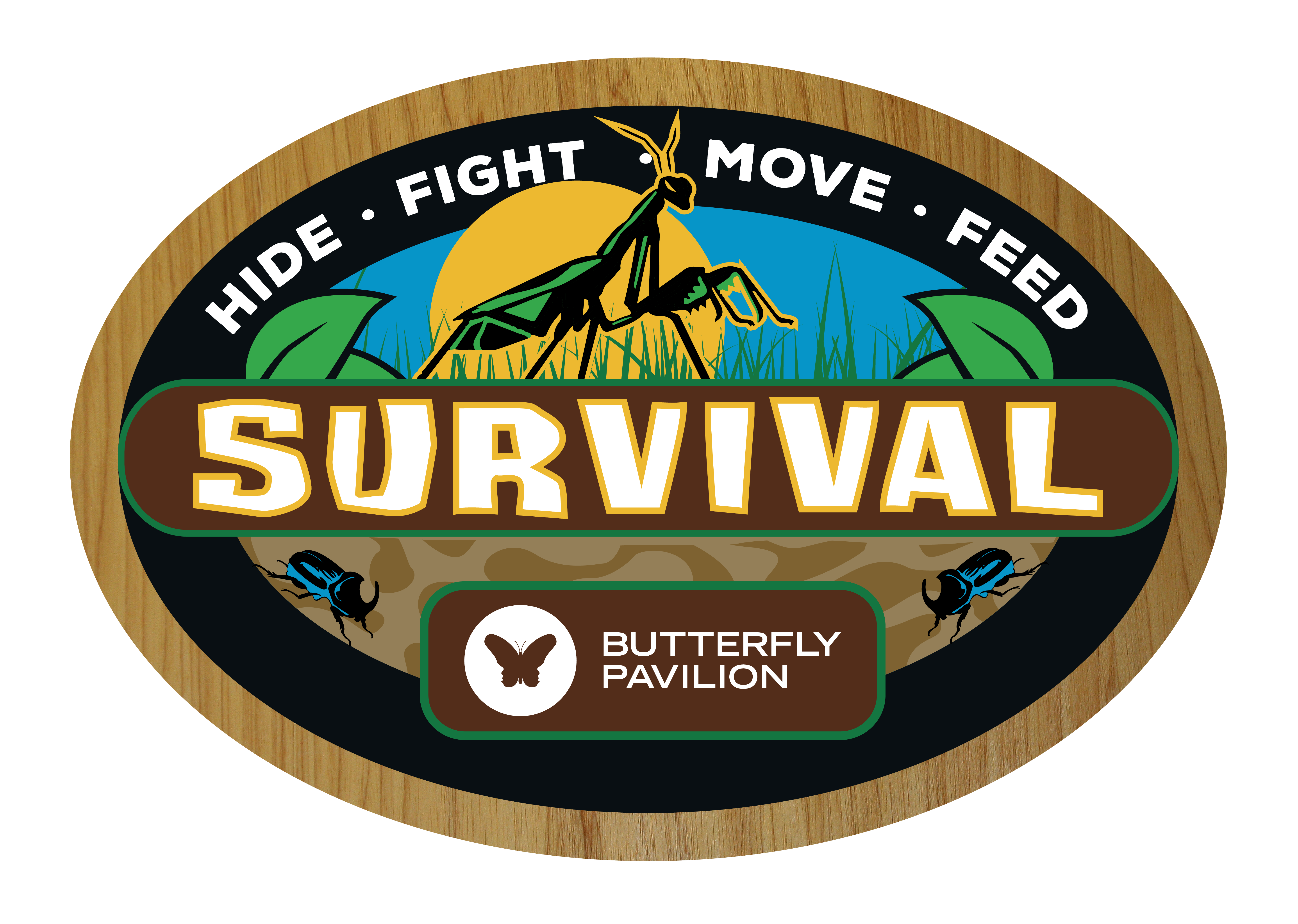Curriculum Standards
Butterfly Pavilion is pleased to offer exceptional and unique opportunities to our learners. Due to the individualized and experiential nature of our exhibits, all requirements of the following standards may not be explicitly fulfilled, but rather may be supported through each learners’ interaction with the resources the exhibit provides. If you are looking to specific programming that can more thoroughly fulfill standard requirements, we suggest booking an on-site or outreach class, or participating in a PBL program designed by our educators.
Crawl A See ‘Em
K-LS1-1 From Molecules to Organisms: Structures and Processes
Use observations to describe patterns of what plants and animals (including humans) need to survive.
Construct an argument supported by evidence for how plants and animals (including humans) can change the environment to meet their needs.
1-LS1-2 From Molecules to Organisms: Structures and Processes
Read texts and use media to determine patterns in behavior of parents and offspring that help offspring survive.
2-LS4-1 Biological Evolution: Unity and Diversity
Make observations of plants and animals to compare the diversity of life in different habitats.
3-LS4-2 Biological Evolution: Unity and Diversity
Use evidence to construct an explanation for how the variations in characteristics among individuals of the same species may provide advantages in surviving, finding mates, and reproducing.
3-LS4-3 Biological Evolution: Unity and Diversity
Construct an argument with evidence that in a particular habitat some organisms can survive well, some survive less well, and some cannot survive at all.
Obtain and combine information to describe climates in different regions of the world.
4-LS1-1 From Molecules to Organisms: Structures and Processes
Construct an argument that plants and animals have internal and external structures that function to support survival, growth, behavior, and reproduction.
4-LS1-2 From Molecules to Organisms: Structures and Processes
Use a model to describe that animals receive different types of information through their senses, process the information in their brain, and respond to the information in different ways.
5-LS2-1 Ecosystems: Interactions, Energy, and Dynamics
Develop a model to describe the movement of matter among plants, animals, decomposers, and the environment.
MS-LS1-4 From Molecules to Organisms: Structures and Processes
Use argument based on empirical evidence and scientific reasoning to support an explanation for how characteristic animal behaviors and specialized plant structures affect the probability of successful reproduction of animals and plants respectively.
MS-LS1-8 From Molecules to Organisms: Structures and Processes
Gather and synthesize information that sensory receptors respond to stimuli by sending messages to the brain for immediate behavior or storage as memories.
MS-LS4-4 Biological Evolution: Unity and Diversity
Construct an explanation based on evidence that describes how genetic variations of traits in a population increase some individuals’ probability of surviving and reproducing in a specific environment.




